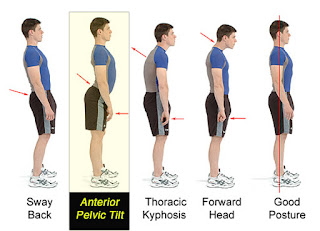Hello, everybody. For this topic I will explain about the basic mechanism of our human movement. Our brain send the command to active the muscle to create a single movement and every single movement that you created is only the extrinsic function that has been regulated by intrinsic function, the mechanism of our body to make the movement proper for the task and smooth.
Note : Functional movement or Extrinsic function such as Walking up stair, stand up, eating etc.
Intrinsic function including 3 main mechanisms
1. Physiological
2. Biomechanical
3. Neuromuscular function
Physiological mechanism
Physiological mechanism is based on the component of the specific movement, Muscle, Joint, Connective tissue etc., that working together to create the specific movement. Sometime you can't create the specific movement when you have an injury in some component of the movement but after it come back to normal, you can do it again. Most of the people that have an injury in their body didn't notice that they have an injury because our body have an protection mechanism to use surrounding muscle to compensate the movement, it's good but only in the short term because if you keep doing the compensation movement your brain will remember that abnormal pattern and it will be very difficult to come back to normal movement at that time.
Biomechanical mechanism
Biomechanical mechanism is based on the movement of your joint both osteokinematic and arthrokinematic movement. So this mechanism can explain that why our movement can't use only one joint movement to finish a task or create a functional movement. This mechanism allow your physiological mechanism to create an abnormal movement.
Note : Osteokinematic is the big movement that you can see for example elbow extension, knee bending etc. and arthrokinematic is the small movement of joint surface.
Neuromuscular function
This is the very important mechanism to create our movement. Even you have a very strong muscle but without this function, you can't control your muscle and your joint. Your body give a feedback of the movement to your brain to regulate the movement by the sensiromotor system, this system can control both Physiological and Biomechanical mechanism -- Joint proprioception, balance, reflex, motor control, motor learning.
At this point, you can see that the intrinsic function is very important for create the extrinsic movement or function. I hope that this topic will help you understand what is happening to your body while you are doing an ADL.
Reference : Assessment and treatment of muscle imbalance : the Janda approach / Phil Page, Clare Frank, Robert Lardner.




